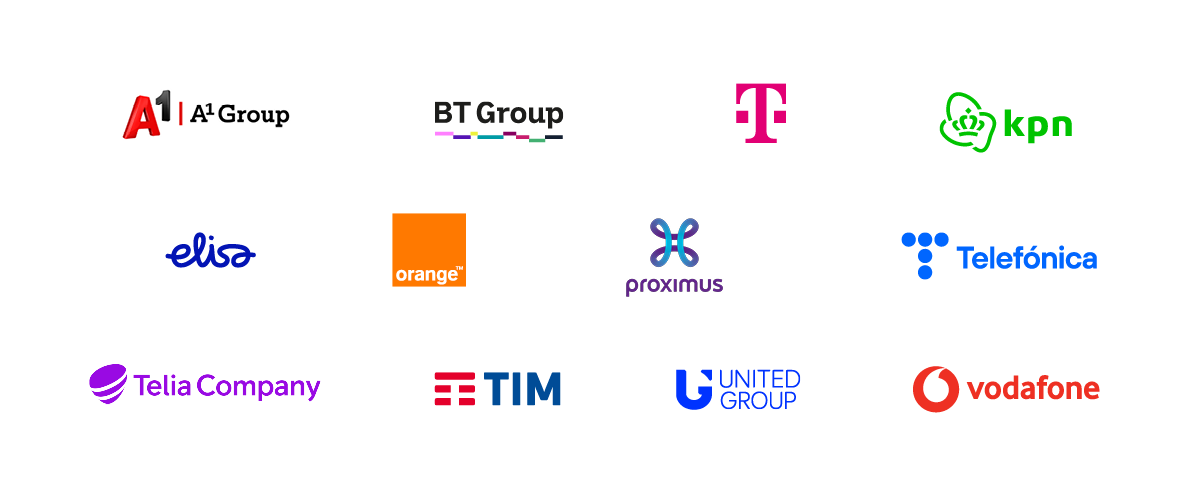Sure! Here’s the translation:
—
The main European telecommunications operators urge the European Union to free up the spectrum from 6425-7125 MHz for mobile networks. They warn that without this band, the future of 6G in Europe is at risk.
The largest telecommunications companies in Europe—among them Telefónica, Orange, Vodafone, Deutsche Telekom, BT, TIM, and others—have signed an unprecedented joint declaration in defense of the use of the upper 6 GHz band (6425-7125 MHz) for mobile networks. In the letter, the signatories call on European institutions to act urgently to ensure that this band is fully allocated to international mobile telecommunications (IMT) before technology players from other regions, such as the United States, do so.
“The decision made now regarding the 6 GHz band will have profound and long-lasting implications for Europe’s ability to lead the future of digital connectivity,” warn the CTOs of the operators.
Why is the 6 GHz band critical?
According to GSMA and the signing operators, the upper 6 GHz band is the only viable and available short-term option for deploying 6G in Europe. The reasons are compelling:
- It is a mid-band ideal for high-performance and wide-coverage mobile networks.
- It can utilize carriers up to 200 MHz, which is key for 6G performance.
- The other candidate bands for 6G—such as the 7-8 GHz band—are occupied by strategic or military uses, complicating their actual availability.
Furthermore, it is projected that urban mobile networks in Europe will reach saturation by 2030. Since current bands will still be needed to maintain 5G, there will be no room to free up additional spectrum if action isn’t taken now.
The risk of losing scale and fragmenting the global ecosystem
6G will be a global technology. If Europe does not harmonize its spectrum with the rest of the world, it risks fragmenting the ecosystem, losing economies of scale, and being excluded from the core of innovation in telecommunications.
“Without the entire upper 6 GHz band, any 6G deployment in Europe will be limited. And if other countries—like the United States—assign it first to Wi-Fi, Europe won’t be able to compete on equal footing,” states the declaration.
Although part of this band has been claimed by certain sectors in the U.S. for expanding Wi-Fi, European operators argue that the lower part of the 6 GHz band (5925-6425 MHz) was already freed up in 2021 for unlicensed use and remains underutilized, even in high-demand scenarios.
An opportunity to reinforce European digital sovereignty
Beyond technical efficiency, freeing up the upper 6 GHz band is framed in a geostrategic context. Advanced connectivity is now a critical infrastructure, crucial for:
- Industrial competitiveness.
- The ecological transition and climate goals.
- Resilience against future technological or geopolitical crises.
The report Much More than a Market, prepared by Enrico Letta at the request of the EU, makes it clear: the development of 5G and 6G in Europe is a strategic matter, and the available spectrum is one of the main bottlenecks.
What Europe must do now
- The Radio Spectrum Policy Group (RSPG) will present a draft opinion on the use of the upper 6 GHz band in June, with a final version due in November.
- The operators request that the opinion clearly supports the full use of the band for IMT services and permits deployments of high-power macro cells.
- They warn that delaying this decision, while other countries take the lead, would jeopardize Europe’s role in developing 6G and limit its digital future.
A joint call for Europe’s mobile future
The declaration has been signed by the CTOs of A1 Group, BT, Deutsche Telekom, KPN, Elisa, Orange, Proximus, Telefónica, Telia Company, TIM, United Group, and Vodafone.
They all agree: Europe needs an ambitious, pragmatic, and unified spectrum strategy for 6G to become a reality. And that strategy must start by allocating the entire 6 GHz band to mobile networks.
“Spectrum is not just a technical issue. It is the foundation upon which digital sovereignty, innovation, and economic growth in Europe over the next decade will be built.”
Source: gsma.com
—
Let me know if you need any more help!

